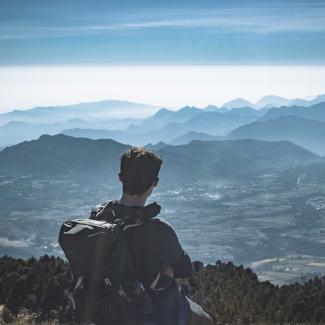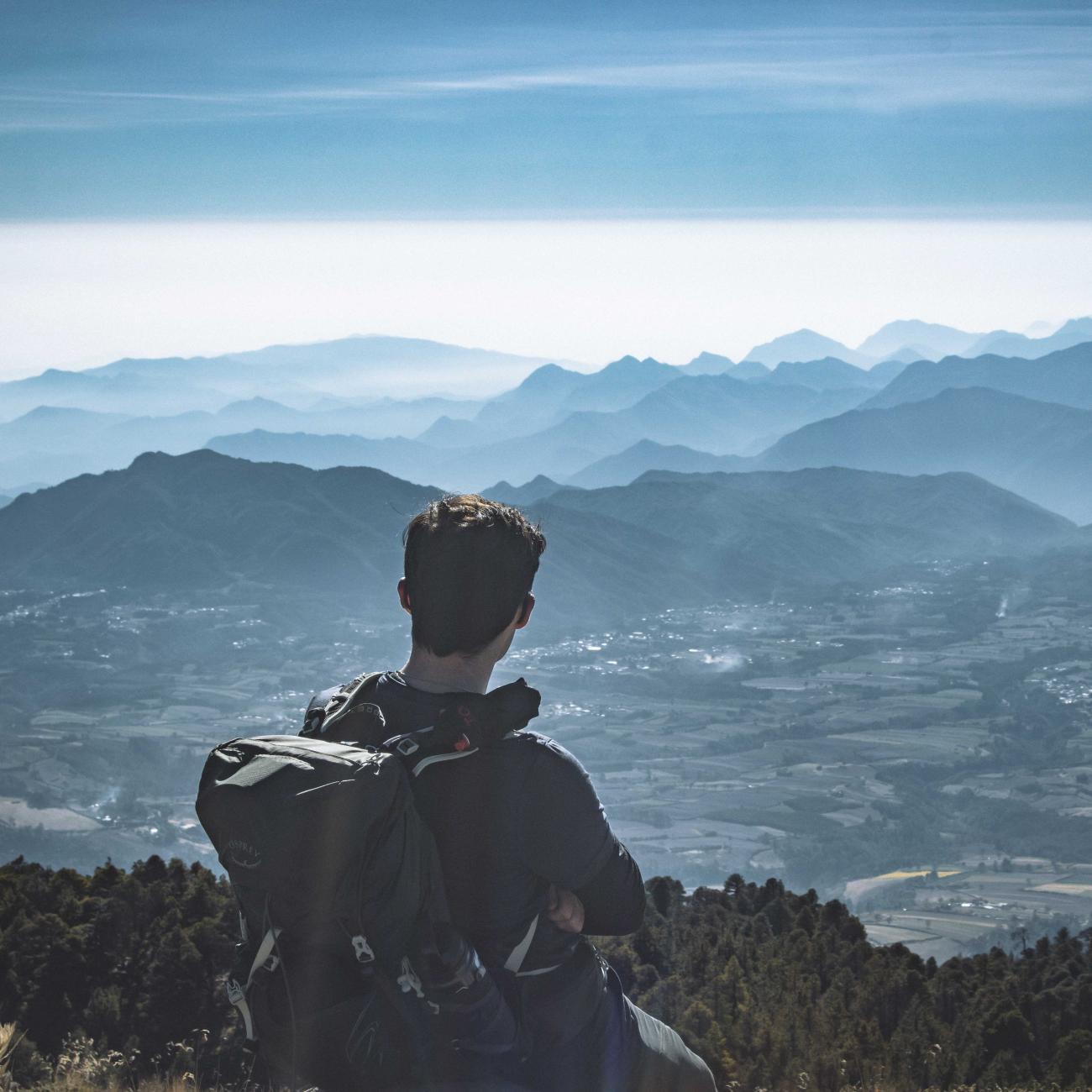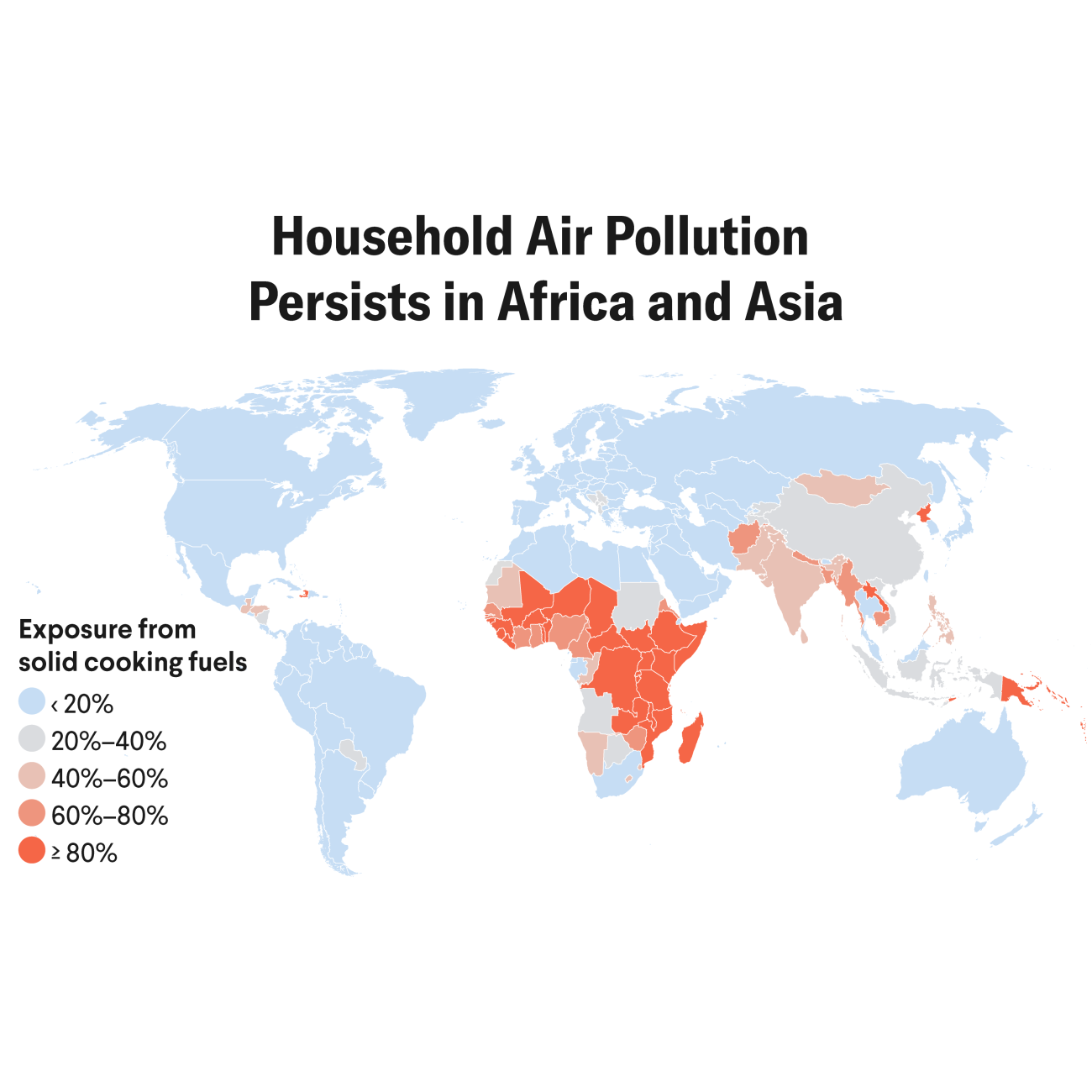The magnificent yet relatively unknown Laguna Brava (Wild Lake), lies in a remote area of western Guatemala’s department of Huehuetenango. With its spectacular turquoise water and surrounded by lush trees, waterfalls, and exotic animals, the place is fascinating. Although temperatures are warm, the depth of the site produces a fog, creating a unique landscape for anyone who visits. Residents of the surrounding area belong to the Chuj Maya ethnic group—a community of faithful believers in conserving wildlife and natural resources.
Manuel Domingo, a community leader also a member of the Chuj Maya group, always wanted to showcase the beauty of his native village. “I belong to a Maya culture where, in the beliefs of our ancestors, we consider it a priority to show the natural resources of our town and to fight for the prevention of tree cutting and hunting of animals,” he explains in Spanish.
Since 2012, he has taken initiatives to show the natural beauty of his village to people outside his community. Domingo was certain that this would be an arduous journey. However, through his Maya beliefs and with community support, he successfully implemented efforts this year to promote sustainable tourism and protect the environment and biodiversity of Brava Lagoon. “We have put our hearts into conserving the site. After all, this is our land, and we are responsible for showing visitors the beauty surrounding us.”
Over the years, along with his wife, Domingo established the Comité de Cabaña, a committee of villagers devoted to promoting the Brava Lagoon and its surroundings. “Together as a community, we have managed to keep it clean and, most important, showcase a paradise that is free of contamination.”
This is our land, and we are responsible for showing visitors the beauty surrounding us
Manuel Domingo
Domingo and other residents have managed to keep the place free of garbage by installing signs indicating that no trash should be left on the ground or body of water and by constantly monitoring on the committee’s behalf to prevent tourists from littering. Committee members also emphasize to visitors the importance of preserving the area to keep it free from debris and intact. “Some days, we come to the area and do cleanup days. We hardly ever find trash any longer because we made a call to tourists to help us maintain an environment empowered by responsible tourism.”
Edy Chicas, Huehuetenango’s Delegate to the Guatemalan Institute of Tourism, shares that another innovative idea thatmembers have come up—only using motorless boats in the lagoon as a method of transportation to avoid pollution. “I witnessed how this community has made the lagoon cleaner and more attractive for visitors. Appreciating their efforts to keep the area free from contamination is impressive,” Chicas says.
“Our mission is to give other generations an inheritance and provide them with a tourist legacy,” Domingo explains. A community effort is needed, he says, for the message to reach the authorities and other institutions. For example, a group of delegates and volunteers from the Guatemalan Institute of Tourism recently joined the Comité de Cabaña to launch the Deforested Areas project, which aims to plant thousands of trees along the Brava Lagoon and promote a green environment to enhance air quality, slow down heavy rains, reduce flooding, and prevent excessive heat. Among the trees that best adapt to the region’s climate are the oak and the monkey puzzle tree.
This year, the World Tourism Organization identified green investments for sustainable tourism as a crucial priority for the planet’s future growth and development. “Within this framework, we have developed the kind of projects to take advantage of these areas for ecotourism,” Chicas explains.
“Community involvement in this whole process has been crucial,” he adds. “Things have turned out well when residents are involved and want us to be part of their initiatives. They have put their hearts into conserving the environment and promoting this type of sustainable tourism which is relatively new in Guatemala.”
In the future, the goal that Domingo’s committee is leading is to establish Laguna Brava and its biodiversity as one of the first environmentally sustainable tourism destinations in the country. “As a Guatemalan and a villager, it has been painful to witness that other natural resources in Guatemala have been damaged,” Domingo says. “I don’t want this to happen to my land; we will not allow it as a community.”





